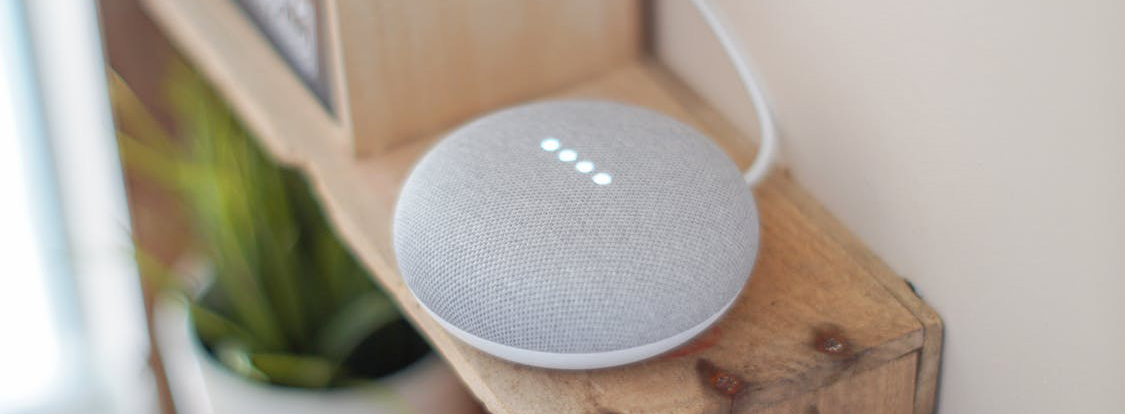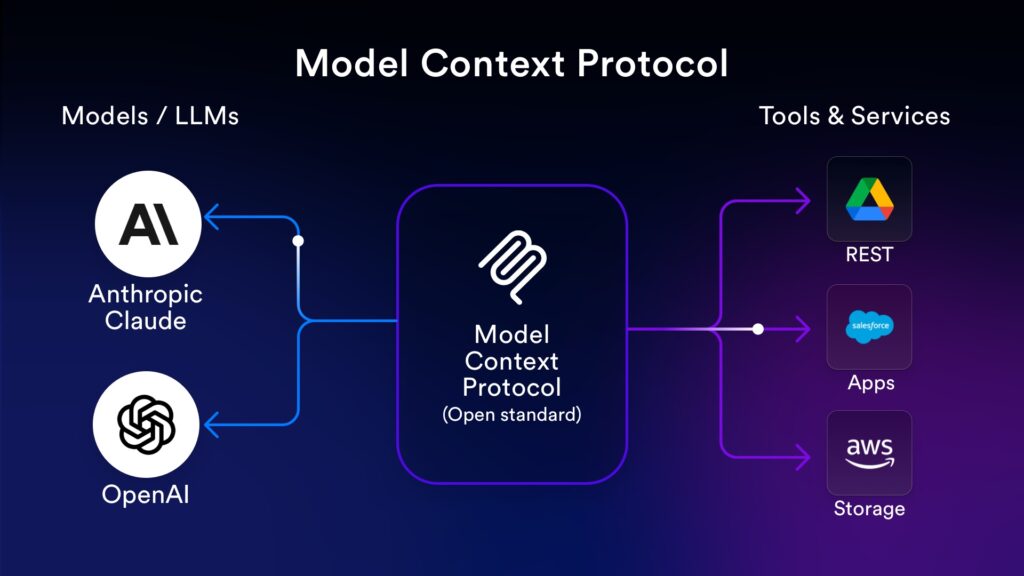If you’ve ever answered the phone to an automated sales call, you might be forgiven for having a poor opinion of voice technology. In reality, voice recognition is an emerging technology growing in user base, supported hardware and integrations, and (most importantly) ability. We thought we’d explore what improving voice technology means for us as a business, and how it will change our everyday lives.
What Is voice technology?
The agreed upon definition of Voice Technology is a programme with the ability to receive, interpret and/or implement verbal instructions. This allows consumers to carry out tasks completely hands-free, a luxury that is becoming more affordable by the second. Since the first iteration of Siri was released in 2011, voice technology has grown and developed into the household assistants we are seeing today.
How voice technology works
Each voice recognition software has a database, or vocabulary, of words and syllables. It compares this to audio signals, or voice commands, in order to decipher them. A vital element of a good voice recognition software is speed. The programme needs to compare your command with its entire library of words and syllables in a matter of seconds. The software will then usually store the users speech patterns for learning purposes.
Industry leaders in voice technology
Before we can look at how voice recognition technology is changing how we work, we need to look at the biggest names in the industry. This way we can understand the different kinds of voice technology currently on the market, and how they came to be popular.
Baidu
Often referred to as “the Google of China”, Baidu is the creator of the world’s most advanced voice technology. The software is called Deep Speech 2, and has used machine learning to achieve an incredible accuracy score of 96%. Deep Speech 2 learned to understand both Mandarin and English by listening to thousands of hours of recordings while simultaneously reading their transcripts.
The Chinese alphabet has around 3000 characters, which makes typing on smartphones problematic at best. This might be the reason the hands-free technology in China has taken off to this extent.
Siri
As America’s most used personal assistant, Siri is certainly one of the big names in voice recognition technology. Apple first released the software in 2011 with the iPhone 4S. Originally Siri was mocked for poor interpretation of spoken commands, but over the years the software has been improved and refined into what it is today.
Google Now
While it’s very easy to see Google Now (otherwise known as the Google Assistant) as Google’s answer to Siri, there is a clear distinction to be made here. Google’s expansion into voice-activated home assistants broadens Google Now’s horizons. The software’s integration potential is huge, allowing users to access: heating, lighting, texts, calls, answerphone, Spotify, Youtube, Netflix, Uber, Dominoes, and a whole host of other services found online. Google has also been improving voice recognition accuracy in loud places, which could set it apart from its competitors.
Alexa
Amazon’s Alexa is the only software on this list that is typically used without an accompanying screen. In some ways, this makes Alexia the most impressive hands-free assistant, as it relies solely on voice activation. Alexa also adapts to her user’s voice over time, and while other voice activation systems require the user to be within feet of the microphone, Alexa can hear you from the next room.
Alexa also comes with an app store called Alexa Skills. It is full of fun and useful apps that Alexa can use to learn more voice commands. These “Skills” range from useful organisational tools to ridiculous games, such as My Pet Rock (a voice activated game whereby the user is tasked with caring for a virtual rock).
Voice technology in practice
There are countless possibilities for voice recognition technology in the workplace. We are already starting to see apps and software utilizing this technology in ways we would never have predicted.
Workplace uses of voice technology
There are many elements of business management and admin that could be quite easily taken over by voice-activated automation. For instance, meeting notes and phone calls that contain important information could be automatically stored and sorted. This kind of technology is actually in development in the form of Marked and Call Me Maybe. Both of these programmes propose a new, simpler way to manage information in the workplace.
The Marked app completely automates meeting notes effectively and efficiently. It records your meeting, then using intelligent AI it sorts the information and breaks it down into a report. This is a great start into the world of admin automation, and we are very excited to see where it goes from here.
Call Me Maybe is a similar tool, for a different purpose. The concept: all your calls are forwarded to Call Me Maybe, which then collects information from the caller as well as a message. This information is then sent to you in a text, allowing you to store and use this information when ready. It effectively acts as a virtual secretary.
Both of these developing tools could change the way we manage ourselves and others at work. Here at Lightflows, we are excited to see what voice technology holds for the future of business. For more information about voice activation technology and how we implement it into apps and software, get in touch today by dropping us a message or giving us a call at 01483 688480.



